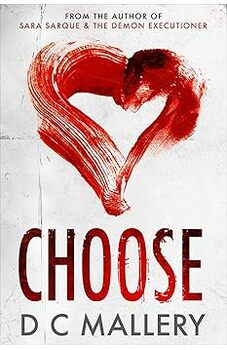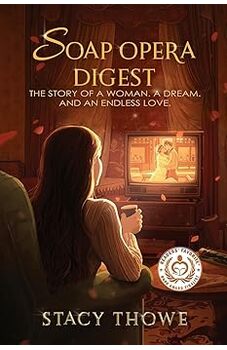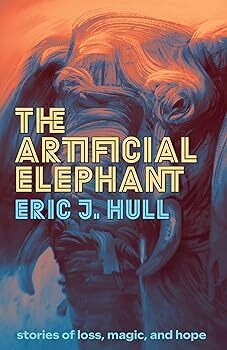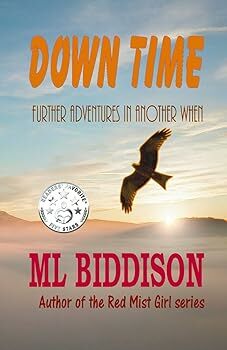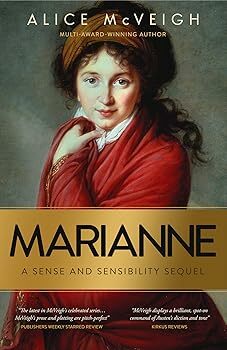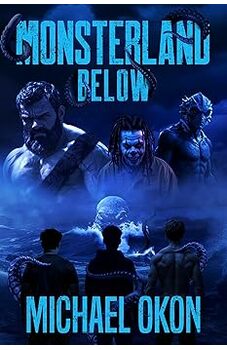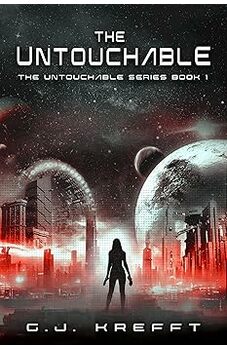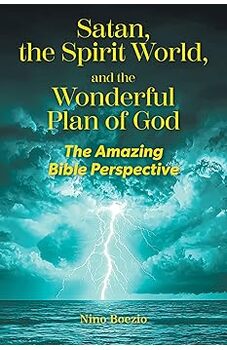Reviewed by Asher Syed for Readers' Favorite
Behind The Torn Veil by Itotko invites readers to explore the Bible’s deeper meaning. The author critically analyzes scriptures, stating their symbolic rather than literal nature. The author questions traditional interpretations, particularly the Genesis creation accounts, showing inconsistencies and symbolic meanings behind terms like “flesh,” “blood,” and “church.” The author asserts that human beings exist on multiple spiritual and physical planes, describing forty-nine levels of existence. The narrative differentiates between physical and spiritual bodies, explaining that the physical body of Jesus was a temple for the spiritual body of Christ. Itotko speaks on the separation and reunion of symbolic male and female elements in humanity, portraying the fall as a shift from spiritual to physical existence. The author talks about salvation and spiritual progress depending on internal spiritual understanding and adherence to divine law, not literal faith or external rituals.
Behind The Torn Veil by Itotko is an exhaustively researched and wholly original contribution to spiritual literature, inviting readers to reconsider many misconceptions through a unique framework backed up with scriptural references. The author digs deep in challenging conventional understandings and opens a space for serious thinkers. I have a great deal of respect for the courage it takes to put ideas like these into writing, especially when they dare to question what many just accept to be true. The work stands apart due to its disciplined approach to scripture, and in asking readers to do some of the homework themselves and consider fundamental questions about the nature of existence and divine will. Overall, Behind The Torn Veil offers a coherent vision that is intellectually grounded and spiritually presented, marking it as a significant and unique study in the genre. Very highly recommended.
